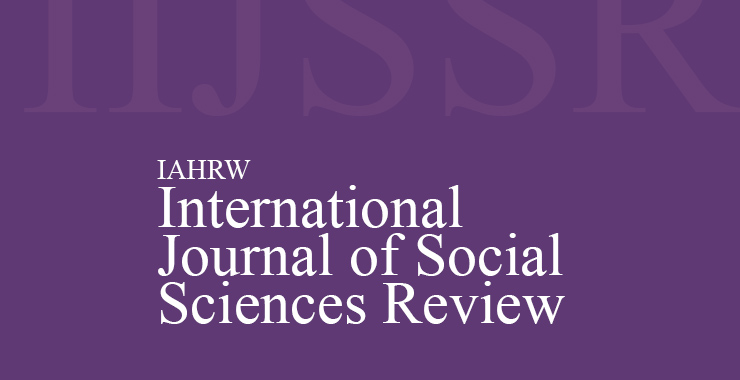A Model for Optimizing the Functional Relationship between Personal Development Plans and Training and Development Plans: A Case of the South African Social Security Agency
Original price was: ₹ 201.00.₹ 200.00Current price is: ₹ 200.00.
Page: 461-467
Thabo Francis Saul1, M. Binza2, and K. Moeti3 (Department of Public Management, Tshwane University of Technology, South Africa1,3 and Office of the Deputy Vice-Chancellor, Walter Sisulu University, South Africa2)
Description
Page: 461-467
Thabo Francis Saul1, M. Binza2, and K. Moeti3 (Department of Public Management, Tshwane University of Technology, South Africa1,3 and Office of the Deputy Vice-Chancellor, Walter Sisulu University, South Africa2)
This paper builds upon the doctoral research of the first author, which identified that the subpar performance of staff at the South African Social Security Agency (SASSA) is primarily attributed to the insufficient integration of Training and Development Plans (TDPs) with Personal Development Plans (PDPs). Historically, organizations have developed PDPs independently of TDPs, despite their essential roles in ongoing professional development. This study introduces a model designed to align PDPs with TDPs, which is proposed for implementation at SASSA and has potential applications for other governmental entities both within South Africa and internationally. The model aims to foster a culture of collaboration, coordination, and integration within SASSA’s human resources management, streamlining the roles of human resources practitioners, supervisors, and line managers involved in performance management and PDP execution. The research, motivated by findings from the first author’s doctoral study, reveals that the lack of integration between TDPs and PDPs has contributed to inadequate staff performance at SASSA. The proposed model is intended to enhance the alignment of PDPs with TDPs, with possible benefits for SASSA and other governmental organizations. Utilizing a qualitative case study research design, the study analysed SASSA’s Performance Management and Development System (PMDS) Policy. This approach facilitated an examination of various perspectives from SASSA managers and administrators regarding PMDS and its relation to PDP and TDP alignment, as well as its impact on organizational performance during the 2015/16 to 2019/20 financial years. The study recommends implementation strategies starting from the 2025/26 financial year, aiming to transform SASSA into a more effective learning organization. The study argues that, if implemented and monitored effectively, the proposed model is expected to enhance staff performance and organizational productivity, thereby addressing the issues highlighted in previous audit reports.

